THE GREATEST REMAINING WILDERNESSES Get Out There and Explore
There’s a drive in man to explore the wilderness. At worst, he exploits it, at best he cultivates and conserves it. Mankind has tested itself against the inhospitality of the wilderness since humans first stood erect on the plains. Many a modern man has wondered how to grapple with his own masculinity in terms of the diminishing frontier, the ever-receding wilderness. But here’s the thing…it’s still out there. As Tennyson says, “It’s not too late to seek a newer world,” especially when there are these 7 great wildernesses still in existence just waiting to be explored.
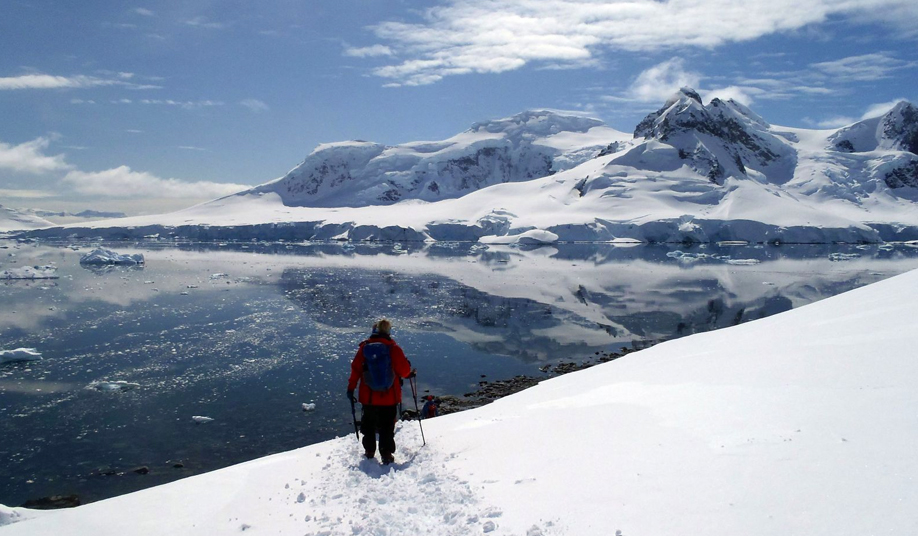
Antarctica
We start off with what is probably the most obvious unexplored wilderness: the entire continent of Antarctica. Antarctica is the only continent that humanity has never permanently settled, and the lure of the “Terra Australis Incognita” has attracted many an explorer from the famed Ernest Shackleton to the lesser known Nobu Shirase. Antarctica is both the world’s largest desert as well as the host of the coldest place on earth, where temperatures can dip below -133 degrees. If you ever go, be sure to look out for emperor penguins and google the “Blood Falls” beforehand.
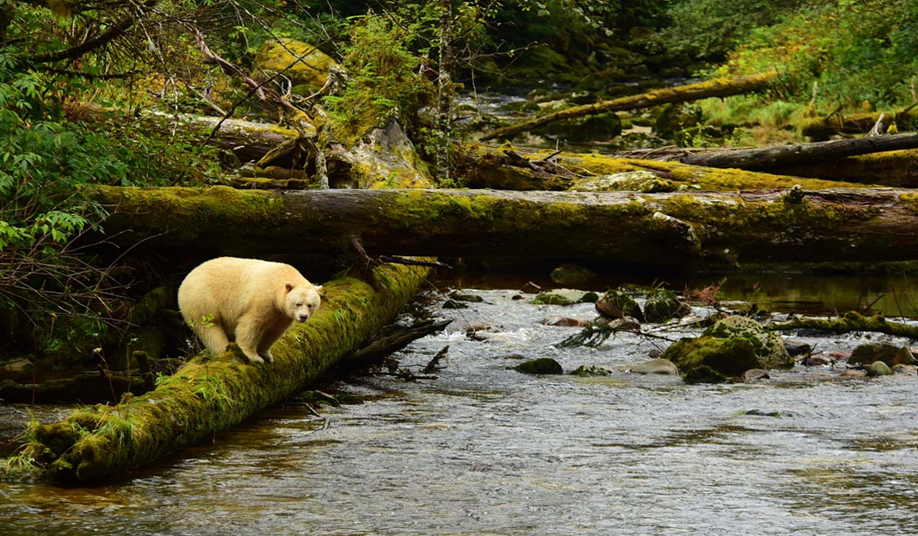
Great Bear Rainforest, British Columbia
If you’ve never heard of it, you’ll want to. One of the last extended regions of unspoiled temperate rainforest left in the world, the Great Bear Rainforest is home to wolves, cougars, salmon, grizzly bears, the Kermode “Spirit” bear, as well as a unique subspecies of black bear in which one in ten cubs have an all-white coat. The rainforest is rife with 1,000-year-old western red cedars and sitka spruce trees that can grow up to 90 meters, thanks in part to the temperate soil made rich by the salmon carcasses strewn about by the native bear population. The more I learn about this place, the more I feel I have to visit it.

Patagonia
More than just a beloved clothing brand, the name Patagonia stems from “patagon” (or “big feet”), the word used by Magellan to describe the giants he believed inhabited the land (as it turns out, the natives weren’t that much bigger than he was). Nevertheless, Patagonia has held an outsized spot in the explorer’s imagination due to its diverse and wild appeal. Visitors can explore an icecap region, the stormy pacific coast, the beautiful fields of the Argentine lowlands, and the notorious Andes mountain range.
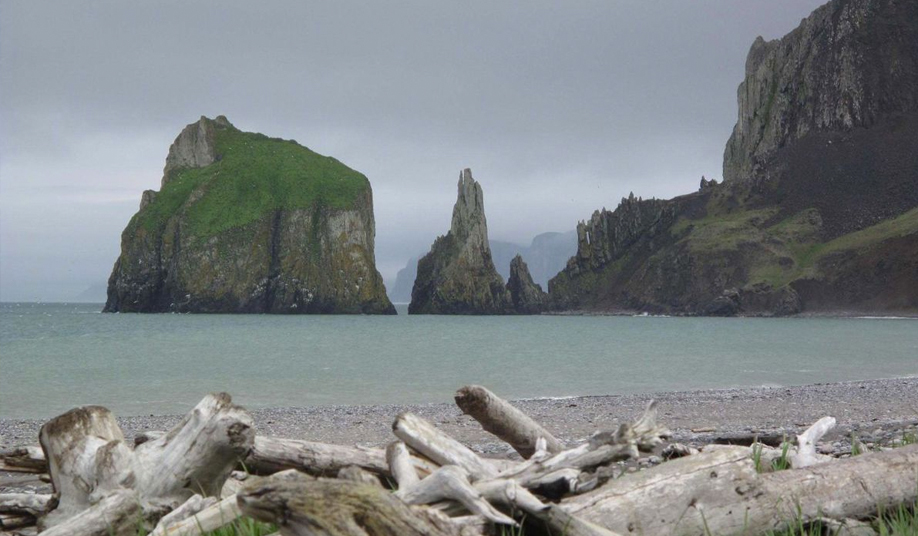
St. Matthew Island, Alaska
Yeah that’s right, we’ve still got some wilderness ourselves. The University of Alaska-Fairbanks did some calculations and found St. Matthew Island to be the most remote wilderness in the Alaskan state. With the exception of a few abandoned World War II outposts, humanity has left it nearly entirely untouched. It’s currently home to two native mammals, the arctic fox and a unique species of rodent called the insular vole, as well as the occasional polar bear that comes over via an ice float. There are also two lakes on the island with at least five varieties of fish you can try for.
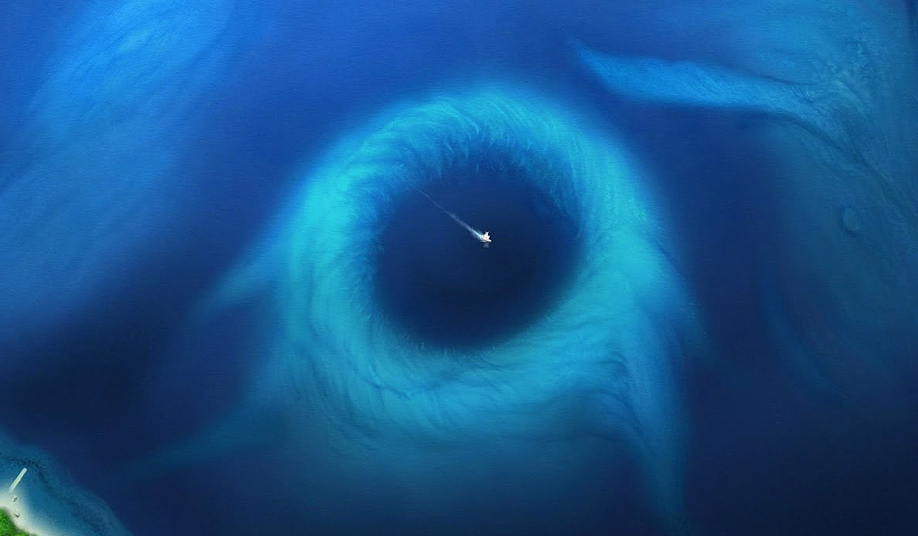
Mariana Trench
NOBODY KNOWS WHAT IS DOWN THERE. How wack is that?! Its deepest point is nearly 7 miles down. Meaning if you put Mt. Everest in the trench, the top of it would still be 1.2 miles below the water’s surface. Not to mention, scientists continue to find crazy things down there like giant amoebas up to 10cm in length. It’s notably a little hard to reach, so this one might take some effort to get there, but I still suggest checking it out (especially if you’re a near-billionaire director of the world’s highest grossing movies, i.e. James Cameron).
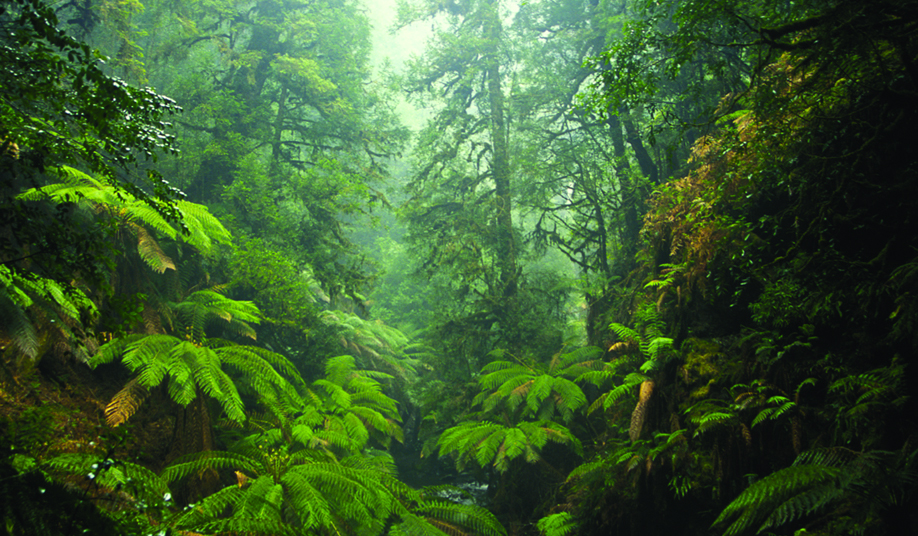
The Tarkine Rainforest, Tasmania
Located in the northwest corner of Tasmania, this “forgotten rainforest” is as enchanting as it is overlooked. The Tarkine Rainforest is the home of the nearly extinct Tasmanian devil, as well as the Tasmanian giant freshwater crayfish (the world’s largest freshwater crustacean) and the Tasmanian wedge-tailed eagle. With 92% of Australia’s old growth rainforests already extinct, this one is definitely worth visiting (and helping protect if you get the chance).
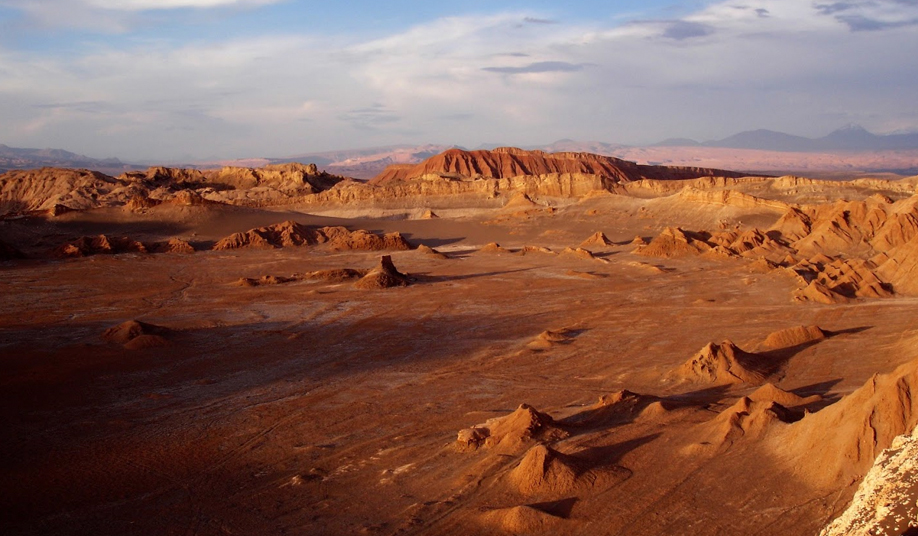
Atacama Desert
I’ve been limiting our discussion of wildernesses to the Earth, which naturally excludes what is likely to be humanity’s next great endeavor: Mars. However, the Atacama Desert is pretty much the next best thing. Due to its barren landscape (the driest non-frozen place on earth), insane heat, and soil with a similar chemical content to Mars, the Atacama Valley has been the location of choice to test out the instruments of Mars rovers and other Mars-related experiments. Consider it the 101 Survey Course to your children’s eventual Mars exploration.






